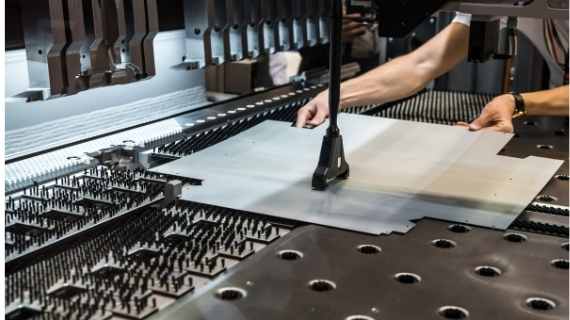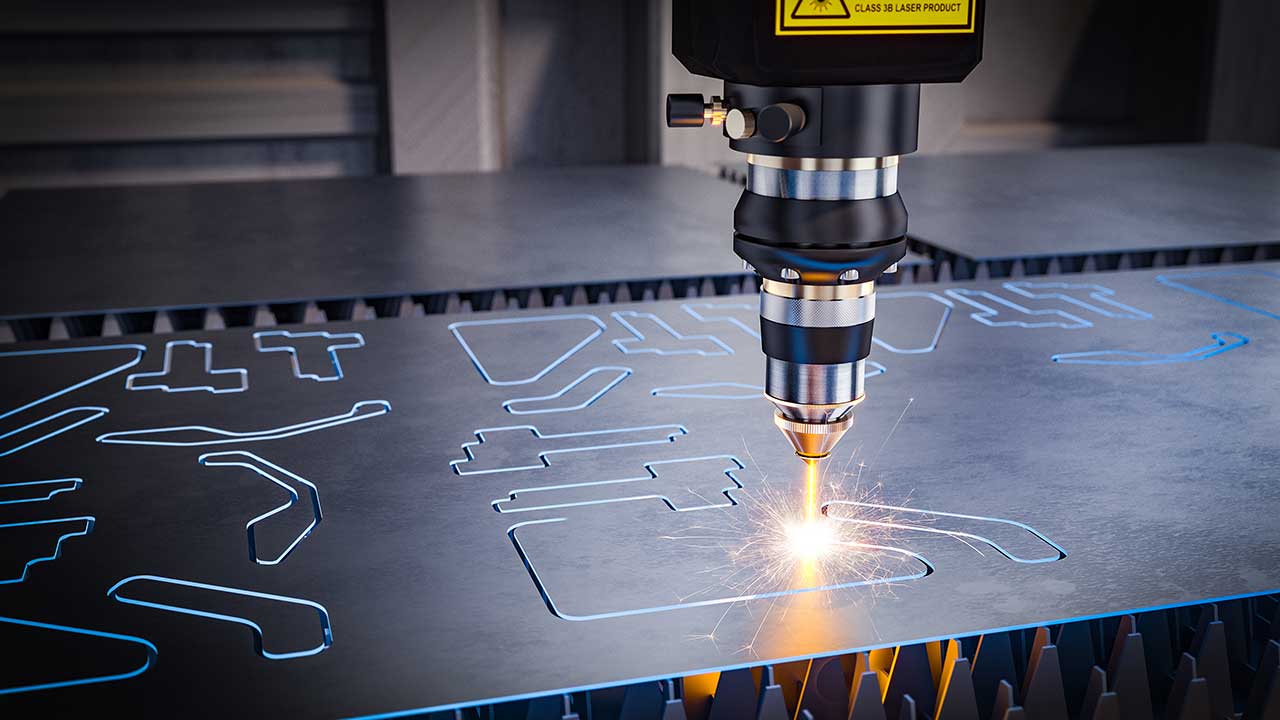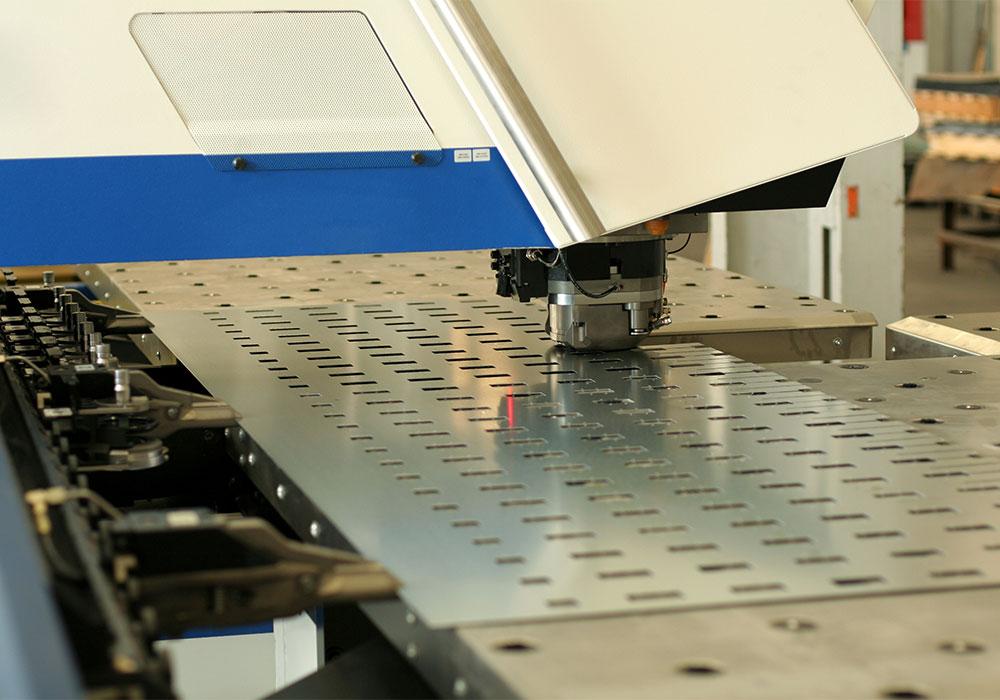In the world of industrial manufacturing, the role of heat treatment for stamping tools cannot be overstated. This process is crucial for enhancing the durability and performance of stamping tools, which are indispensable in producing high-quality metal components. As industrial manufacturers strive for efficiency and precision, understanding the nuances of heat treatment becomes essential.

What is Heat Treatment?
Heat treatment is a controlled process used to alter the physical and sometimes chemical properties of a material. In the context of stamping tools, this process involves heating and cooling the tools in a controlled manner to achieve desired properties such as increased hardness or improved ductility.
Why is Heat Treatment Important for Stamping Tools?
The importance of heat treatment for stamping tools lies in its ability to enhance tool performance. Properly heat-treated stamping tools exhibit greater wear resistance, reduced risk of cracking, and extended lifespan. These attributes are vital for maintaining the quality and efficiency of production lines.
The Process of Heat Treatment
The process of heat treatment typically involves several stages, including heating, soaking, and cooling. Each stage plays a critical role in achieving the desired properties:
1. Heating
During the heating stage, the stamping tools are heated to a specific temperature. This temperature is determined based on the material composition and the required properties.
2. Soaking
Soaking involves maintaining the tools at the target temperature for a specified duration. This allows the heat to penetrate the entire tool, ensuring uniform property changes.
3. Cooling
The cooling stage is crucial for locking in the desired properties. Depending on the material and desired outcome, cooling can be done rapidly or slowly.
Types of Heat Treatment for Stamping Tools
There are several types of heat treatment processes used for stamping tools, each offering unique benefits:
1. Annealing
Annealing involves heating the tools to a specific temperature and then cooling them slowly. This process enhances ductility and reduces hardness, making the tools easier to work with.
2. Hardening
Hardening is a process that increases the hardness of the stamping tools. It involves rapid cooling, typically using water or oil, to achieve a hard and durable surface.
3. Tempering
Tempering follows hardening and involves heating the hardened tools to a lower temperature. This process reduces brittleness while maintaining hardness.
Benefits of Heat Treatment for Stamping Tools
The benefits of heat treatment extend beyond improved tool performance. Some of the key advantages include:
1. Enhanced Durability
Heat-treated tools are more durable and can withstand the rigors of industrial manufacturing, leading to longer tool life.
2. Improved Performance
With enhanced properties, stamping tools perform more efficiently, reducing downtime and increasing production rates.
3. Cost Efficiency
Investing in heat treatment can lead to significant cost savings over time by reducing the need for frequent tool replacements.
Challenges in Heat Treating Stamping Tools
Despite its benefits, heat treatment presents certain challenges. These include:
1. Precision Control
Maintaining precise control over temperature and timing is crucial. Any deviation can lead to suboptimal results.
2. Material Limitations
Not all materials respond to heat treatment in the same way. Understanding material properties is essential for successful treatment.
Applications of Heat-Treated Stamping Tools
Heat-treated stamping tools find applications across various industries, including automotive, aerospace, and consumer electronics. For more insights on consumer electronics, visit Consumer Electronics Metal Stamping.
The Future of Heat Treatment in Manufacturing
As technology advances, the future of heat treatment in manufacturing looks promising. Innovations such as digital monitoring and AI-driven processes are set to enhance precision and efficiency.
Conclusion
In conclusion, heat treatment for stamping tools is a vital process in industrial manufacturing. By understanding and implementing effective heat treatment strategies, manufacturers can significantly improve tool performance and production outcomes. For more information on the anatomy of a mechanical stamping press, visit Stamping 101: Anatomy of a Mechanical Stamping Press.

Frequently Asked Questions
1. What materials are suitable for heat treatment?
Materials such as steel and certain alloys are commonly used in heat treatment due to their favorable properties.
2. How does heat treatment affect tool lifespan?
Heat treatment enhances tool durability, leading to longer lifespans and reduced replacement costs.
3. Can heat treatment be applied to all stamping tools?
While many stamping tools benefit from heat treatment, it’s essential to consider material compatibility and desired properties before proceeding.
This article contains affiliate links. We may earn a commission at no extra cost to you.

